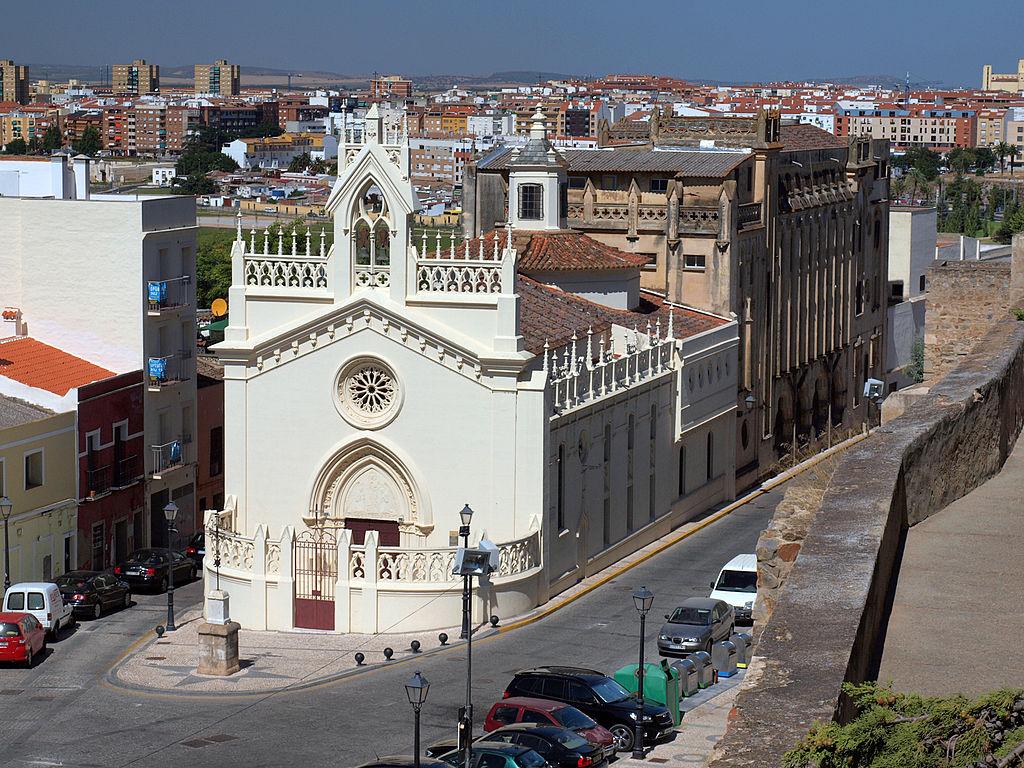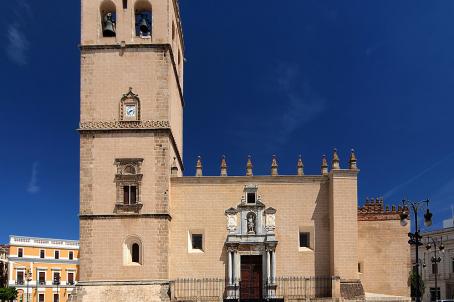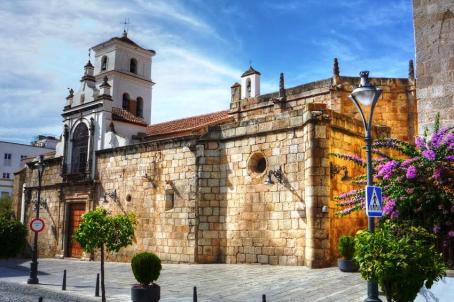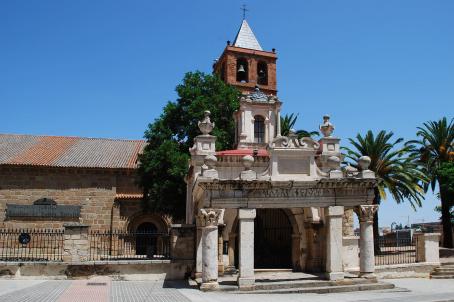Convent of the Adorers

The Convent of St. Joseph, also known as the Convent of the Adorers, is a women's convent built in 1917 on the ruins of a hermitage dedicated to St. Joseph, dating from the 13th century. At the beginning of the 19th century, during the Peninsular War (1807-1814), the building was bombed and was practically abandoned until it was rebuilt in 1917.





